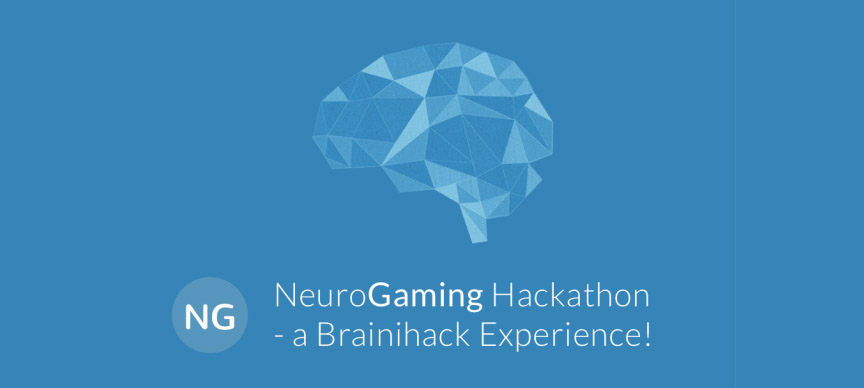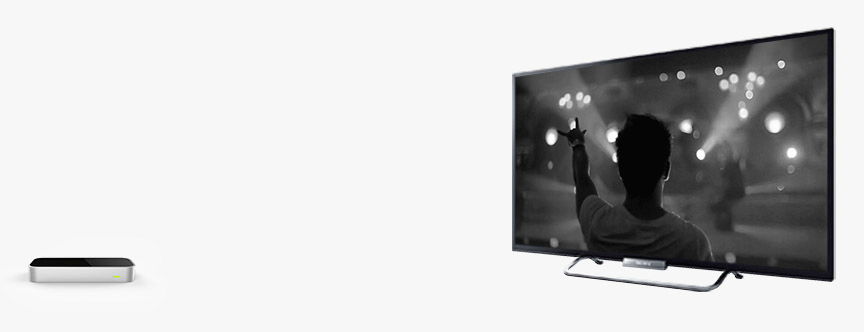The Internet of Things is different things to different people. In recent posts on Leap Motion’s Developer Labs, we’ve seen how the Leap Motion device can open up new interaction models in smart environments. To exist within the Internet of Things – to network with other devices in a smart ecosystem on a machine-to-machine (M2M) basis, rather than being just another human-machine interface (HMI) – that’s where it gets really interesting.
The sticky point is that if a system gets its data from direct human interaction, or its outputs go to direct human interaction, then it isn’t M2M, but HMI – the telling point being that the data does not get out beyond the machine to which the Leap Motion Controller is attached. There’s only the one “machine,” the system comprised of the computer with an attached peripheral.
But we’re talking about a device that generates data. If we move up one layer in the hierarchy, by looking instead at the data which is generated by the machine, and make that data available in the cloud, then the difference between HMI and M2M becomes irrelevant. By opening up the data to the cloud, the Leap Motion Controller and its attached computer is now clearly a M2M device and supports all of evolutionary, revolutionary and emergent behavior. You’re now talking about the integration of data clouds in ways that go much further than just HMI.
Read More ›






